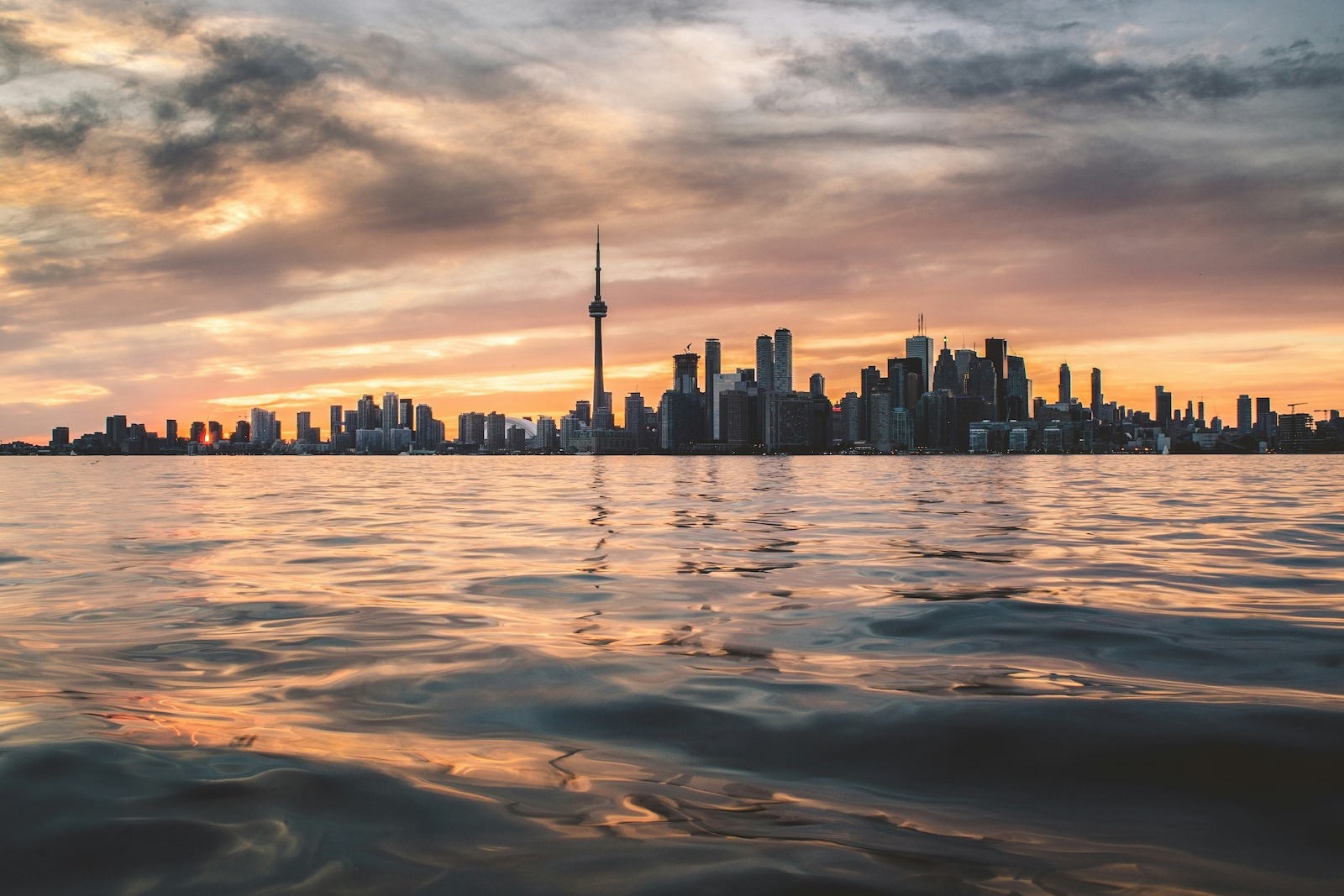Asia’s last frontier, Mongolia remains a mystery to the outside world despite conquering a quarter of it long ago. With 30% of its population leading a nomadic lifestyle, Mongolia feels like one of the few places on earth where disconnecting from technology is an easy task. Whilst its capital Ulaanbaatar is as commercial as they come, its Gobi Steppe region could not be more different. Expect stretches of grassland with not a building in sight for miles. If you have ever wanted to escape to the middle of nowhere, this is it.
Planning a trip? Skratch has partnered with Sherpa to offer simple, trusted visa applications. Get your Mongolia eTA here.
What is the Gobi Steppe?
The Gobi-Manchurian steppe is an ecoregion within Asia that encompasses Southeast Mongolia, the Chinese autonomous region of Inner Mongolia and Northeast China. Although much of its population consists of Mongolian nomads, it is not unusual for this to change throughout the seasons. With a hyper continental climate, these extreme weather conditions mean that only a few animal species can survive here.
Whilst most of the steppe is covered with grassland, the grand Gobi Desert provides a breath-taking change of pace, particularly the Flaming Cliffs of Dayanzag which seem to glow under sunset. And it is a fan-favourite amongst archaeologists. Home to the largest dinosaur reservoir in the world, discoveries are being made in the Gobi Desert to this day — such as the first swimming dinosaur at the end of 2022.
In the winter, even the Gobi Desert's dunes become frosty. Tempting as this may be to witness, travel in Mongolia is much more pleasant in the summer months of May to early September.
Life in the Gobi Steppe
Each nomadic household tends to have around 1000 animals, consisting of sheep, horses, cows, camels, and goats. With vegetables being scarce, their diet consists almost entirely of meat and dairy products.
Camping in a Ger (Yurt) is more comfortable than you might expect. To make migrating easier, nomads keep only the essentials inside their homes. But you can still expect to find a few sentimental items, including a traditional two-string guitar and maybe even a pack of cards to pass time.
Some adjustments have been made to accommodate technology, most evidently the implementation of Solar LED Panels. Whilst these panels only provide a small amount of power, it makes a major difference to daily life and activities like cooking or evening chores. Even nomads need mobiles: not only for ordering supplies, but for connecting with neighbours and their children when they are at school.

Experience Mongolia’s Festival Season
The idyllic weather is not the only reason to visit Mongolia in the summer. There are all kinds of fun to be had at Mongolia’s festival scene, the most special of all being the Naadam Festival in July. A five-day event where everyone is encouraged to take part, games of traditional sports are held throughout the country. These are archery, horse racing, and of course, Mongolian wrestling.
But Mongolia as the world knows it is changing, as can be seen with the rise of international music events. Forget Coachella and go to the Spirit of Gobi instead, a four-day contemporary art and music festival held in the prehistoric desert we mentioned earlier.

Planning your trip
Whilst Mongolia has become more accommodating for tourism in recent years, visiting this destination can come with challenges. The first being that as a landlocked and rural country, travel costs are high. Finding a direct flight is extremely unlikely depending on where you are in the world; expect 1 or 2 stops. Your easiest transfers will either be from Istanbul or Beijing.
Solo travelling is possible in Mongolia, but expect there to be language barriers and a culture shock. English is only spoken within major areas like Ulaanbaatar, so if you are hoping to experience the nomadic lifestyle, it may be easier to book through a guide.
Four Seasons Travel is an excellent choice as their overwhelmingly positive reviews on TripAdvisor speak for themselves. From speedy customer service to tailor-made trips featuring personalised itineraries, this company goes above and beyond when planning the perfect holiday.
The same can be said of Dream Mongolia Tours, who have over 10 years’ experience to their name. They offer a wide variety of tours worth exploring on your own, including their classic Discover Mongolia tour.






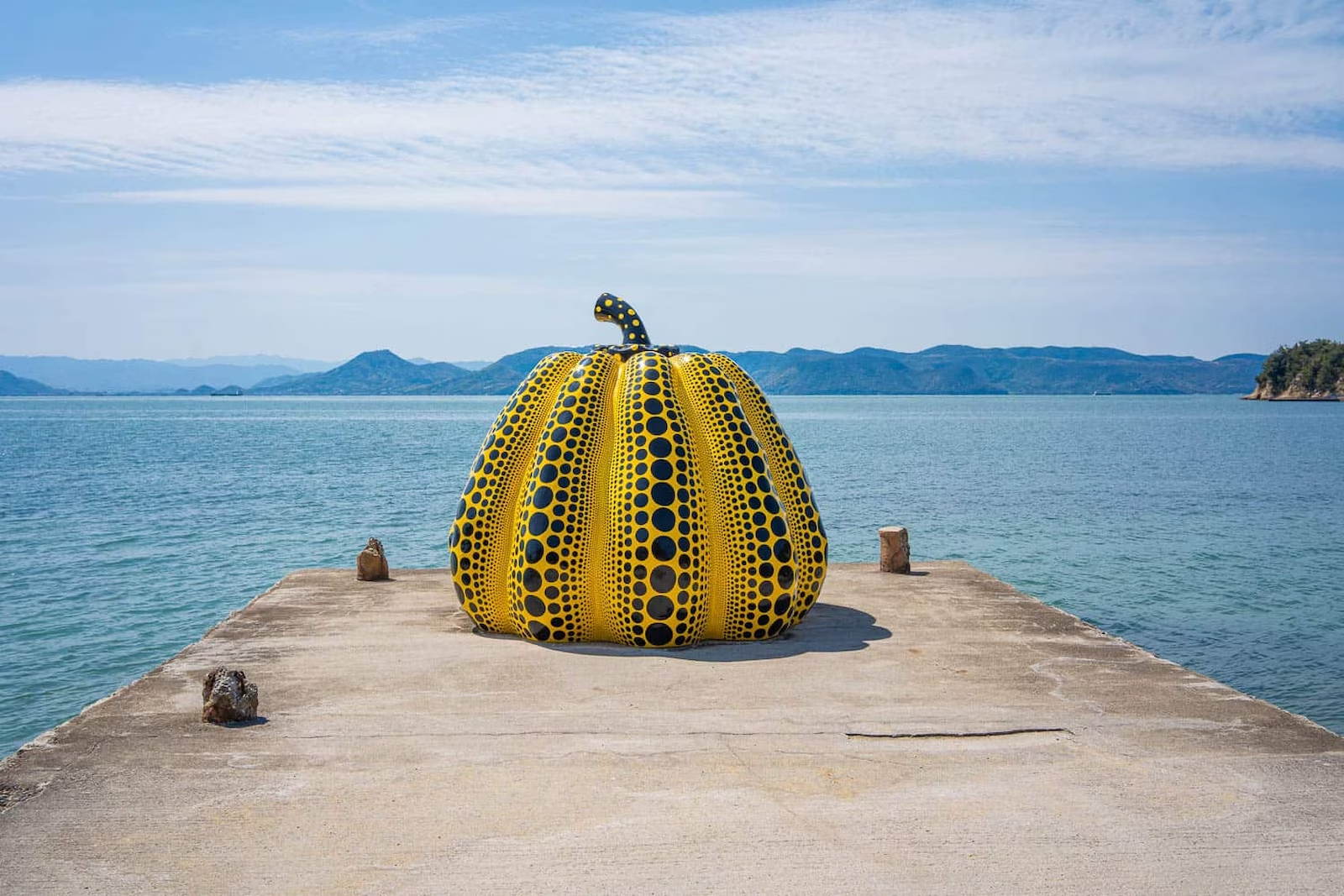
.avif)



.avif)
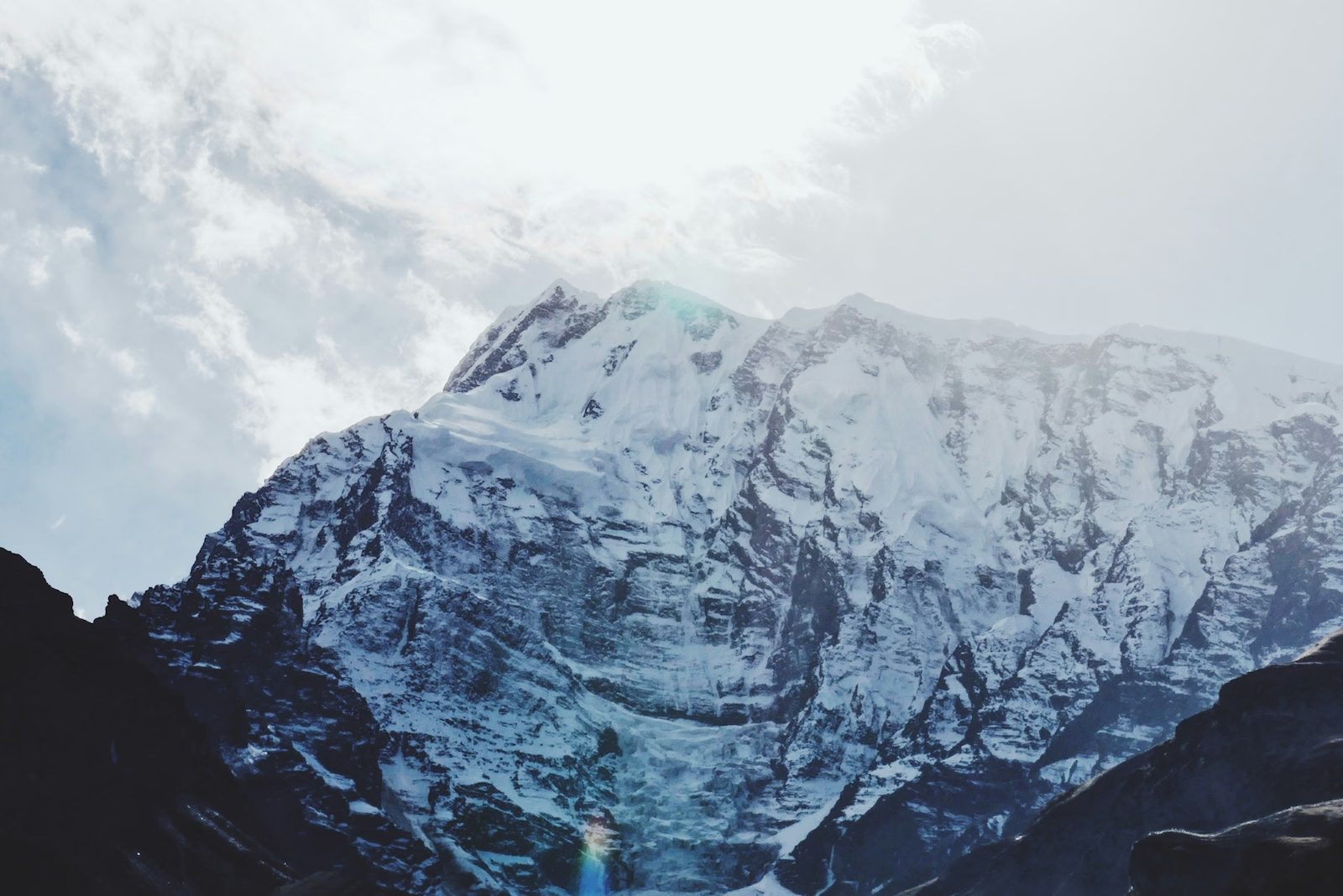
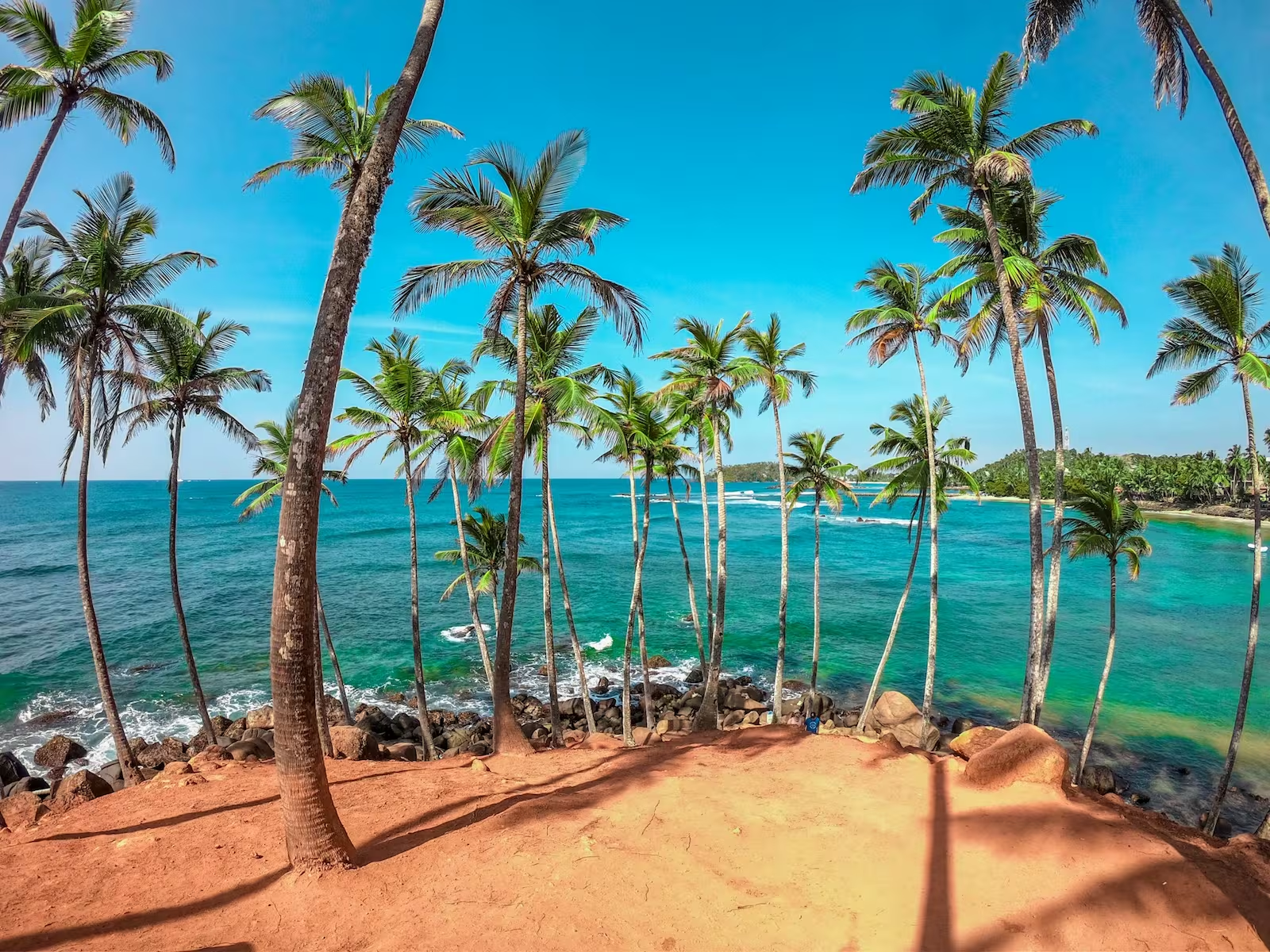

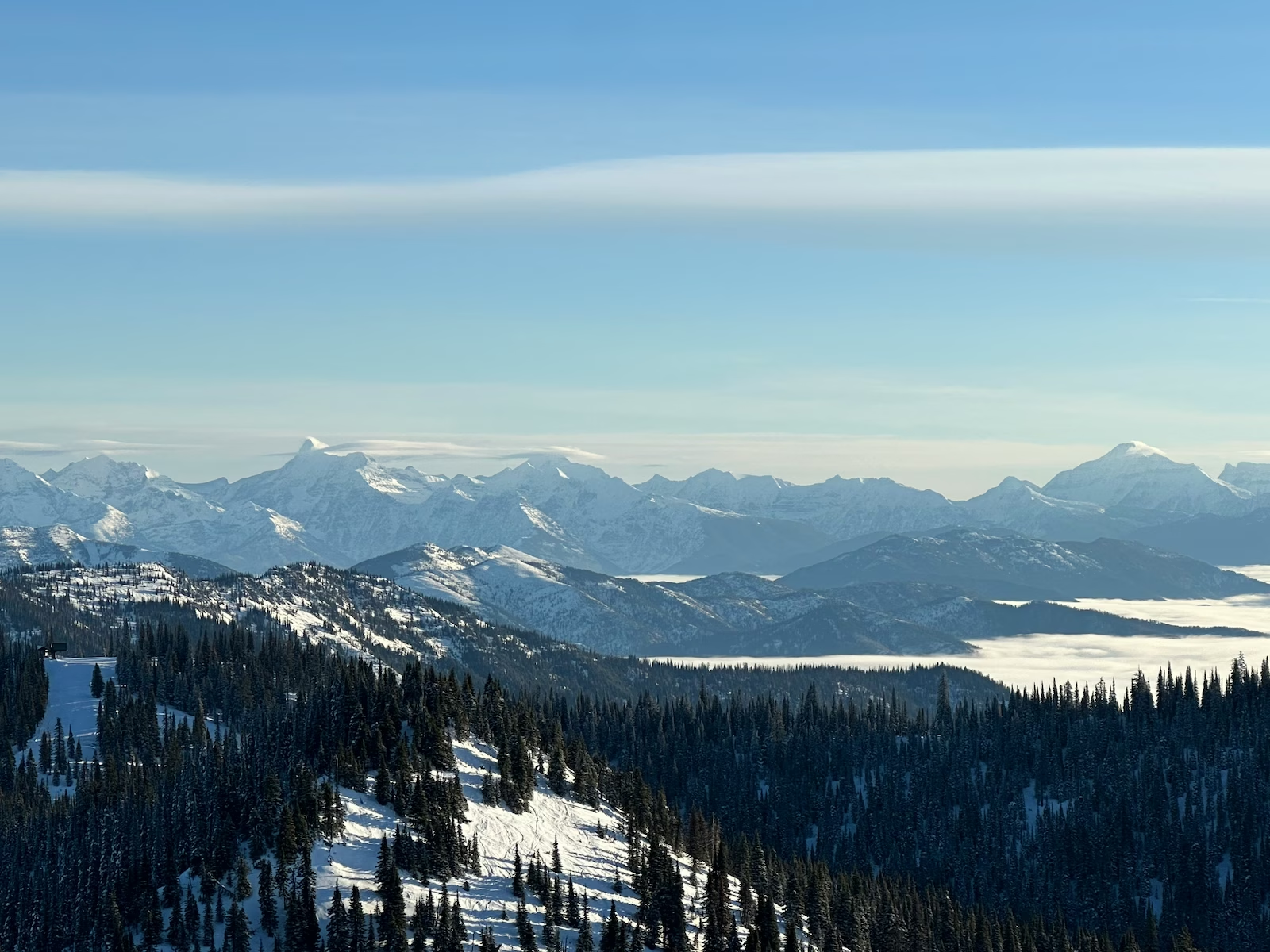
.jpg)
